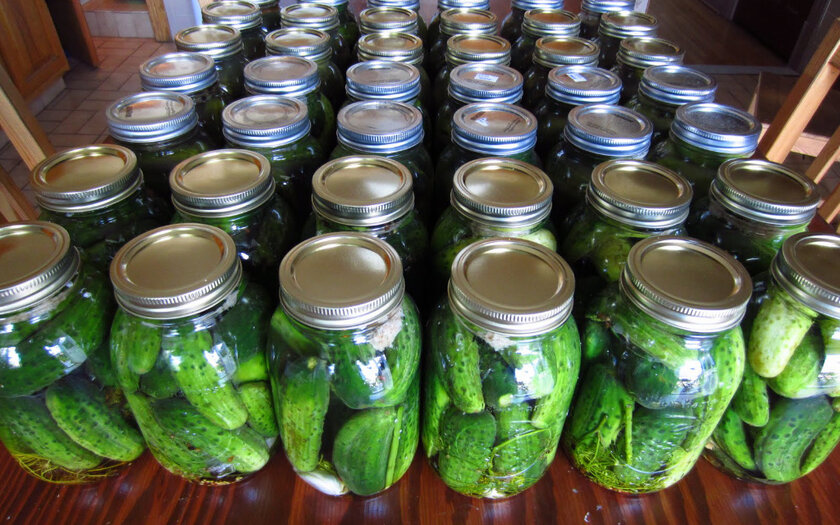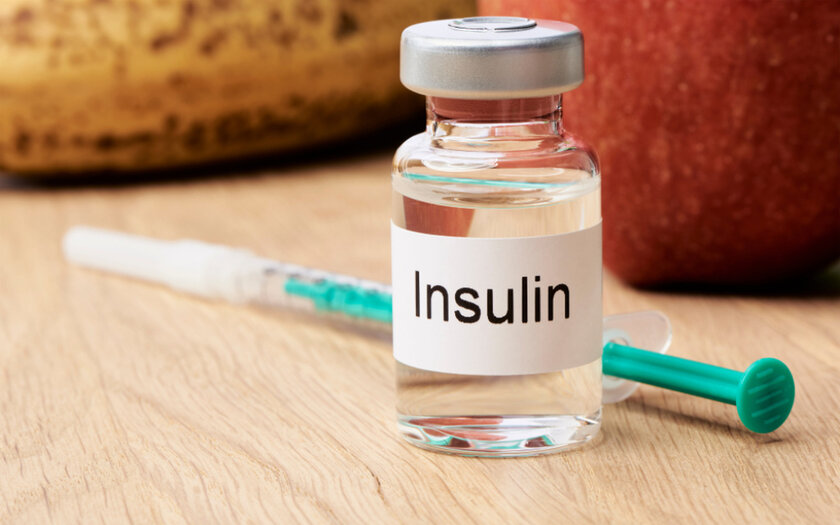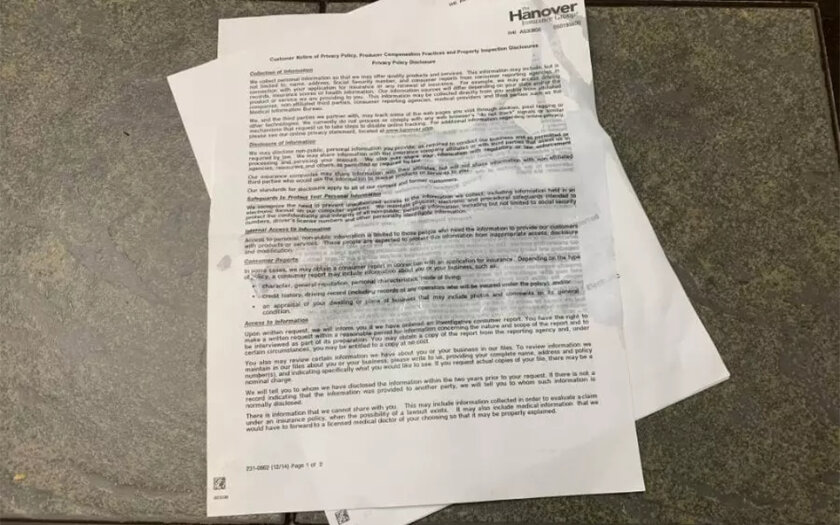The overwhelming majority of motorists are well aware that in the hot season it is advisable not to leave anything in the car at all. The temperature inside the cabin usually rises even higher than that outside, especially in models with a dark body color. Therefore, nothing good will happen with the things left behind. However, it is important to understand that in the cold season it is also undesirable to leave many things in the car that are afraid of prolonged exposure to negative temperatures. If the car stays in an open parking lot overnight in winter, it is better to remove all the items described below from it.
Smartphones, tablets, laptops and other gadgets
Lithium batteries don’t like cold temperatures
It is important to understand that all modern mobile devices use almost the same batteries – lithium batteries. They dislike not only extremely high temperatures, but also relatively low temperatures. Some manufacturers even make their own recommendations about the conditions in which their gadgets can be stored. For example, Apple points out that the optimal temperature for using the iPhone, iPad and iPod Touch is between 0 and 35 ° C. If these devices just lie idle in the off state, the permissible temperature range for them is from –20 to 45 ° C. The conditions in the car interior can go beyond these values.
Any drinks in cans and bottles – even alcohol
Due to the low temperature, they can burst.
Anyone who has forgotten drinks in the freezer at least once knows well that this can lead to not very positive consequences. The fact is that when it freezes, any liquid expands. Some believe that this fact does not apply to alcoholic beverages, but this is not the case. When a liquid has no free space to continue to increase its volume, it begins to break the packaging in which it is located. At the same time, the drink usually does not freeze completely instantly, therefore, after breaking the package, it covers everything that is around. As a result, it is unlikely to get off without dry cleaning of the interior of your car.
Eggs and other liquid foods in hard shells
The liquid can eventually break the outer layer.
It is important to understand that the rule about liquid applies not only to drinks, but also to products that contain it in their composition. The most striking example is eggs. When frozen, they crack and partially pour out of the shell. After this process, again, the interior of the car can be stained. Moreover, one cannot neglect the fact that many products simply do not survive freezing. When they freeze, they get corny and go to the trash can. This, for example, may even apply to the same cucumbers, which, after freezing and defrosting, actually turn into “porridge”.
Canned food in cans and glass
They will surely rip apart and ruin the interior of the car.
The worst things for a car interior are canned food in tin and glass cans. The fact is that the most difficult thing is to remove stains and odors from the liquid that is in some way related to conservation. This applies to pickles from vegetables, as well as oily and tomato dressings for meat and fish. Domestic New Year’s holidays usually involve the presence of sprats and other similar products on the table, and after events, cars regularly get into dry cleaners, in which something like that has been forgotten at night. The characteristic odor often remains in the cabin even after high-quality cleaning.

All kinds of lubricants and other aerosol cans
Their integrity can also be violated with a minus
A caring car enthusiast usually has at least one can of silicone grease hidden under the boot floor, which is highly recommended for use in the cold season. The fact is that rubber door seals are not very fond of temperature changes. However, they regularly encounter them, because because of the stoves it is warm in the cabin and cold outside. It is best to treat them with silicone grease after each wash. But leaving it in the cabin, if there is a big minus on the street, is undesirable. The fact is that at negative temperatures, as well as at very high temperatures, such cans can lose their tightness and even explode.
Many medicines can go bad in the cold.
It’s good if they just lose their properties.
In the post-Soviet space, absolutely all medicines are usually stored in a separate box in the refrigerator. It is difficult to say where this rule came from, but it is only partly true. Yes, some medicines are indeed best kept cold. However, this does not apply to all of them – you can be sure of this by reading the instructions for their use. The temperature inside a car in winter can be even lower than in the refrigerator, so many of the medicines cannot be left there. This, for example, concerns insulin, which is vital for diabetics. Its effectiveness decreases during exposure to temperatures below 0 ° C.

Paint, glue and other building materials
Like medicines, many lose their properties.
Those who have been professionally engaged in construction work for several years know well that it is impossible to leave glue and paint in a car in the cold. As is the case with medicines, these substances can also lose their properties with relatively prolonged exposure to low temperatures. After that, their intended use can lead to surprises. The paint may lump on walls even after mixing; the glue will not hold the wallpaper or other finishing materials. Experienced people usually do not face all this. However, those who are first engaged in self-repair in an apartment or house may be surprised at the effect.
Paper documents and other similar products
They can deteriorate due to condensation.
It is also important to understand that it is absolutely normal for a car in the cool season to form condensation. It can manifest itself on glass and in other places – not only in the cabin, but also in the trunk. Those who at least once left some paper documents in the car, especially without plastic files or folders, probably faced with the fact that they often become unusable. Humidity is especially dangerous for handwritten notes, as well as papers and stamps printed on an inkjet printer – all this can blur and become unusable.

Wooden products are afraid of temperature extremes
May crack after prolonged cooling
Temperature changes are also afraid of wooden products – interior items and especially musical instruments. Staying in the car in the cold, the tree expands, and then shrinks when it enters a warm room. For decorative items that don’t move back and forth often, this isn’t all that critical. But for musical instruments, for which precise fit and tuning is important, regular cooling to a minus and further heating can be fatal. They are best, at least, taken home from the car overnight.
Plastic glasses for vision and sun protection
Plastic can also deteriorate in the cold.
Not everyone knows that prolonged exposure to cold in the passenger compartment and further heating while driving anywhere can also be critical for glasses that use plastic lenses. Since glass is usually no longer used today due to its fragility, most of both sunglasses and eyeglasses fall under this rule. They are often left in the side of the car, and then they are faced with a decrease in the transparency of the lenses, which in the end becomes not particularly comfortable to use. It is advisable to take them with you – especially models for vision.

Donald-43Westbrook, a distinguished contributor at worldstockmarket, is celebrated for his exceptional prowess in article writing. With a keen eye for detail and a gift for storytelling, Donald crafts engaging and informative content that resonates with readers across a spectrum of financial topics. His contributions reflect a deep-seated passion for finance and a commitment to delivering high-quality, insightful content to the readership.






